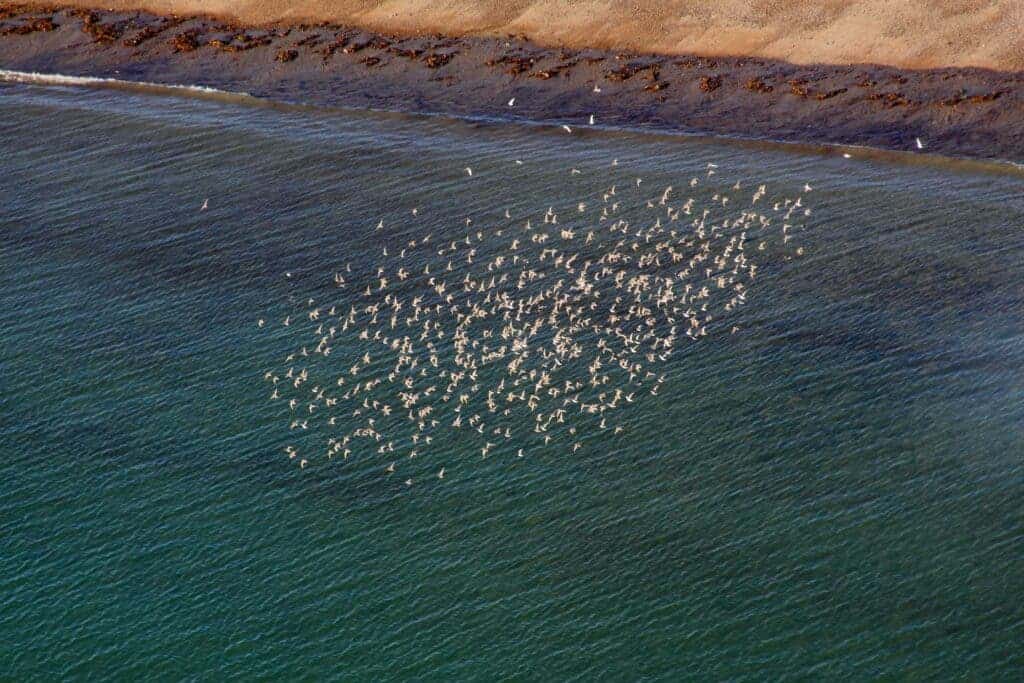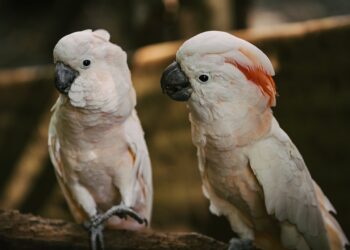Flying nonstop for hundreds of kilometers can be a difficult task for migratory birds. To go through it, birds developed many adaptations — some of which we’re only now starting to understand. In a new study, researchers found that on average, migratory birds are lighter colored than species that don’t migrate, which helps them reduce the amount of heat absorbed from the sun during the trip.

Migratory birds undertake long and extremely challenging journeys, which puts great pressure on their entire bodies — from the sensory mechanisms that facilitate orientation to physically enduring the whole thing. It’s not just the distance, or finding food and water, or staying on track — there’s plenty of other, less-obvious challenges as well. For instance, sunlight. With birds sometimes flying at higher altitudes, sunlight can become a major problem, overheating them and potentially causing great problems.
Studies have suggested that birds increase their flight altitude dramatically during the day compared to at night to cope with radiation. It has also been hypothesized that animals benefit from being darker when living in cold regions and from being lighter where it’s warm because lighter colors absorb less solar radiation. If lighter-colored plumage keeps birds cooler, then migratory species should be lighter colored than residents, a group of researchers at the Max Planck Institute suggested.
“Flying at higher altitudes where it is colder may offset the heat generated by absorbing solar radiation. Thus, we wondered whether an alternative response to reduce the risk of overheating while migrating in the sun would be for migratory species to evolve lighter plumage colors,” Kaspar Delhey, study author, told ZME Science.
Understanding migratory birds
To check whether this was the case, Delhey and colleagues quantified the overall plumage lightness of all bird species, assigning a score of 0 for birds that are completely black to 100 for being completely white. They used bird images from the Handbook of the Birds of the World, a multi-volume set of books that summarizes what is known for all bird species we know of – which is now online and can be seen here.
The researchers extracted the image of the bird from the background using machine learning and averaged the color for all pixels in the image. This took quite a bit of trial and error and a lot of computational power, Delhey explained. But after a while, they were able to compare the data on coloration with species migratory behavior, while controlling other factors that affect plumage color.
The findings showed that birds get lighter as they migrate more, which also means resident species are darker than those who migrate. The pattern was consistent across different types of birds, either small, large, waterbirds, and land-dwelling birds. It’s a reminder of the role climate factors play in the evolution of animal coloration, the researchers said.
Looking ahead, the team wants to continue exploring the dataset to further examine whether and how migratory behavior and other variables (such as habitat use and size) affect the evolution of aspects of color variation other than light to dark variation. They are especially interested in finding factors that predict the type of color.
“In addition, we expect that in the next years the importance of thermoregulation in migratory birds will be directly studied taking advantage of recent technological advances. For example, now it is possible to measure the temperature of birds while they migrate at the same time as their flight altitude, speed and heart rate,” said Delhey.
The study was published in the journal Current Biology.






